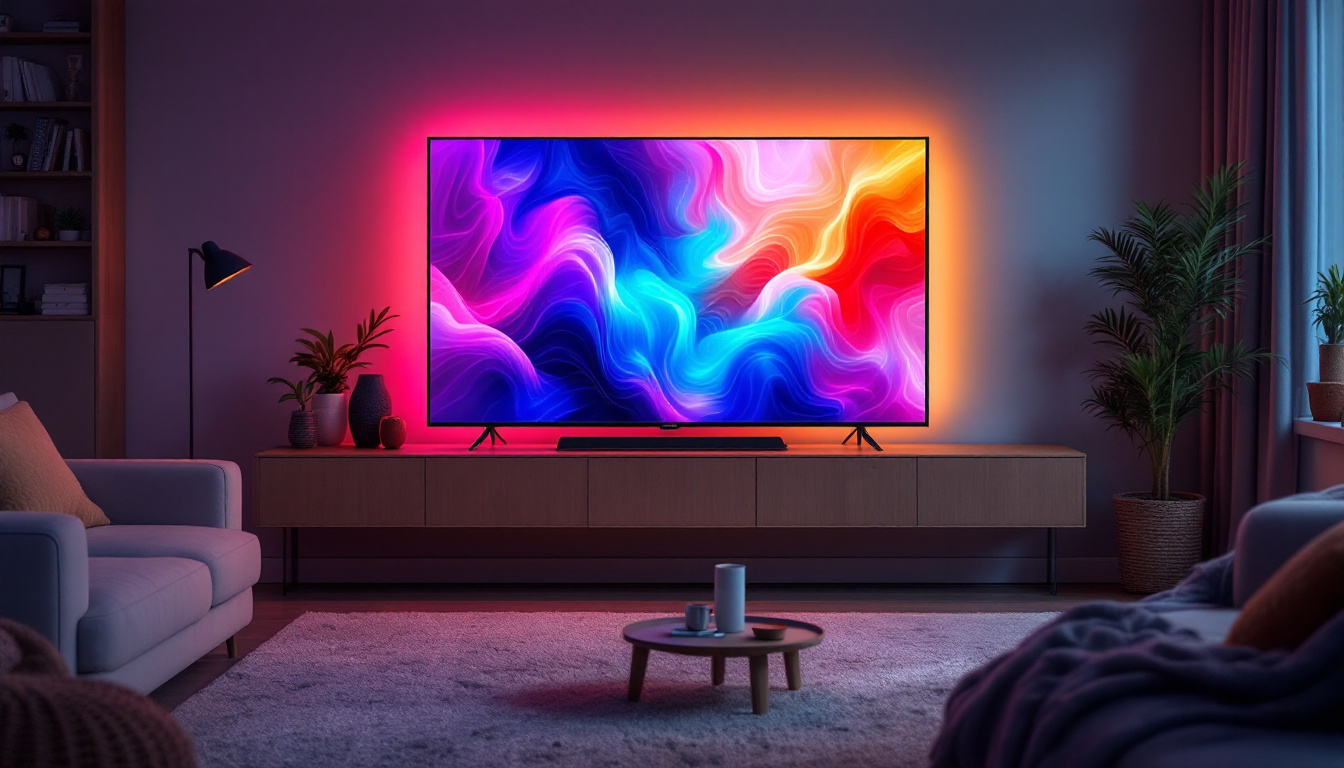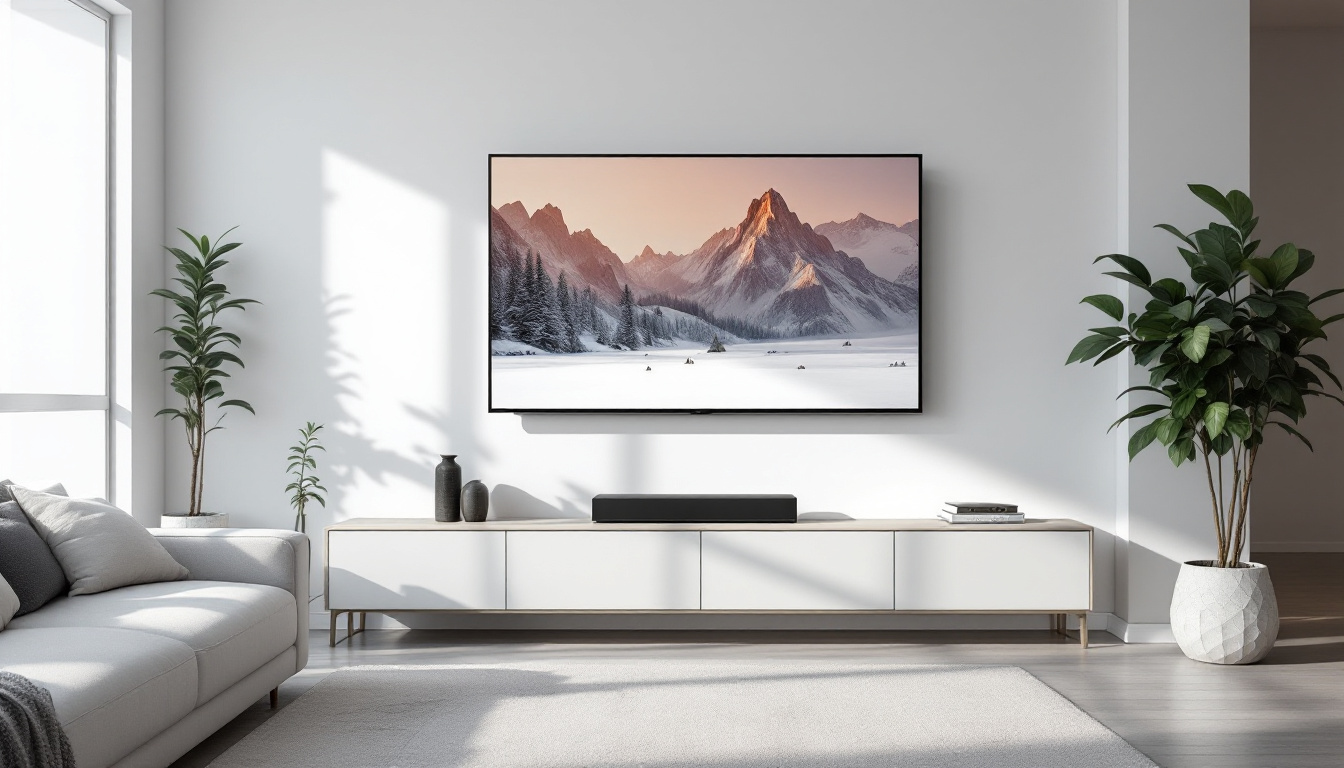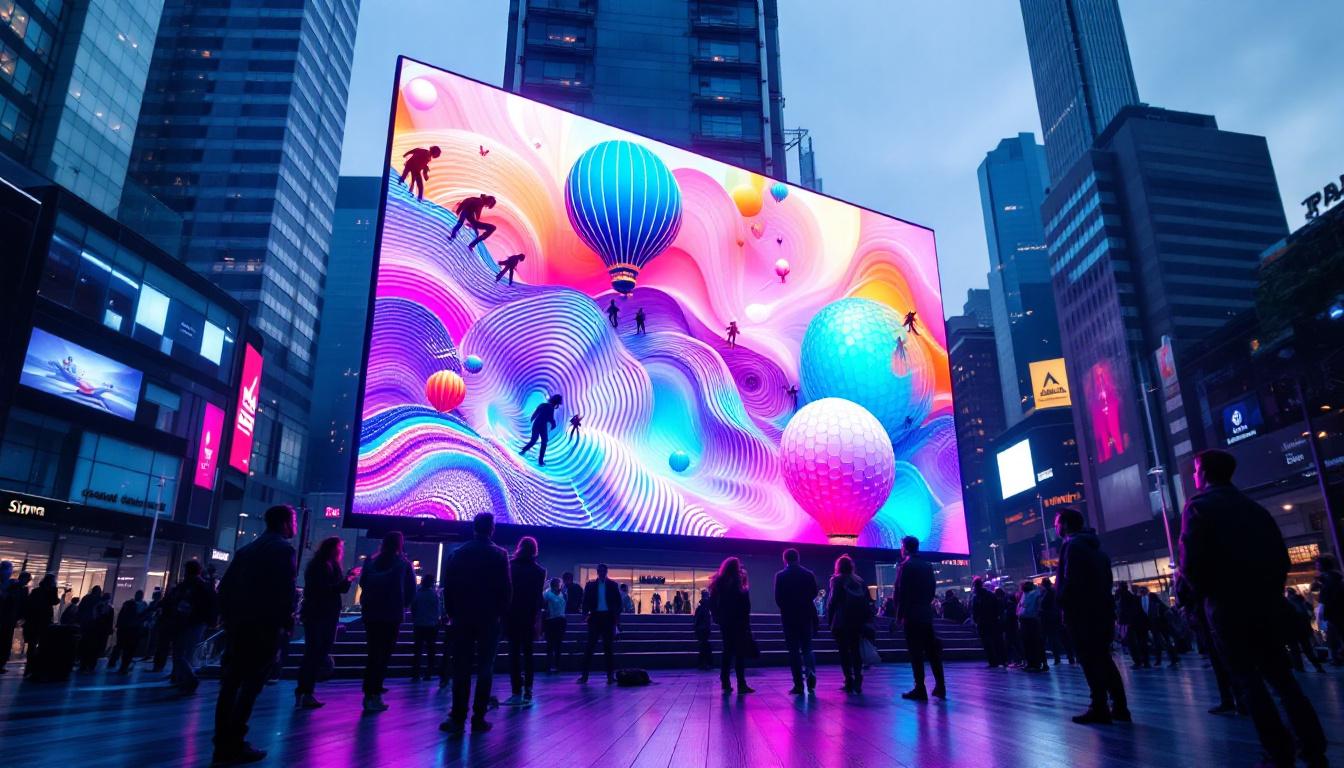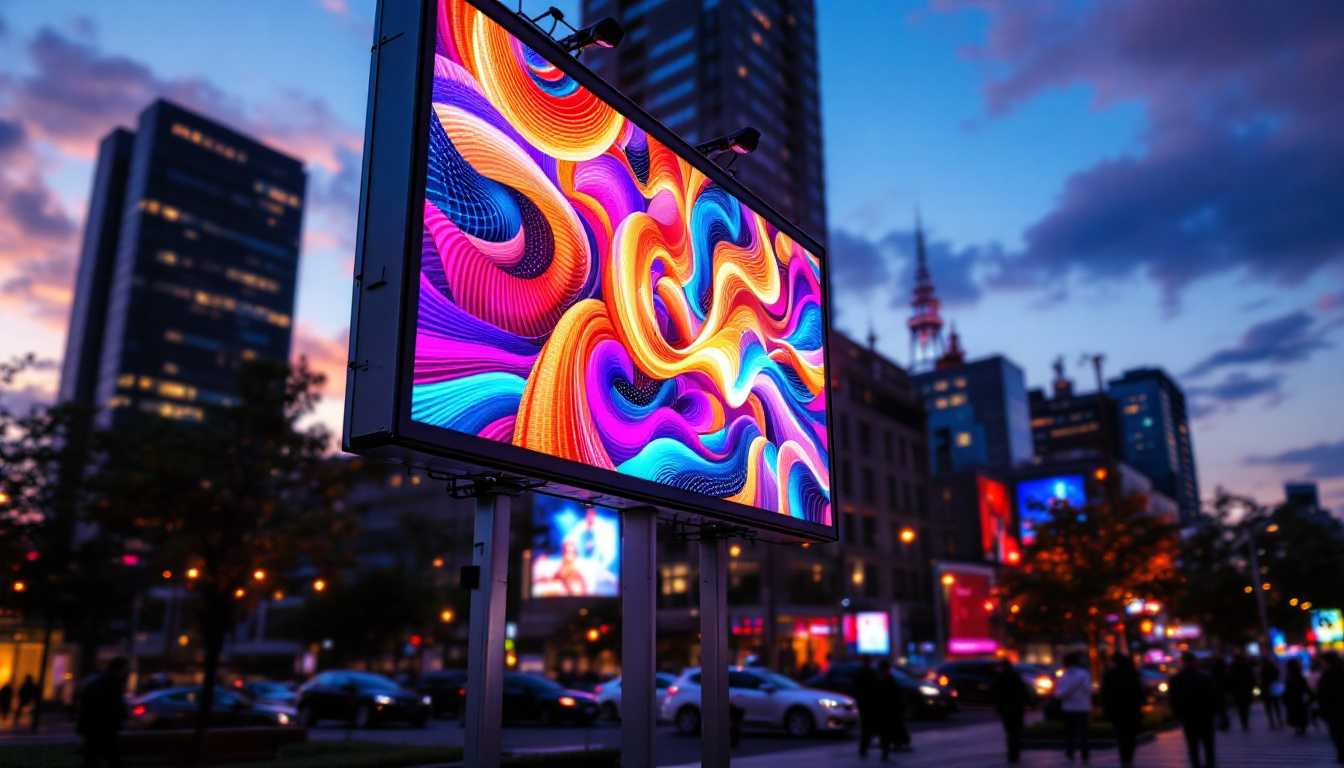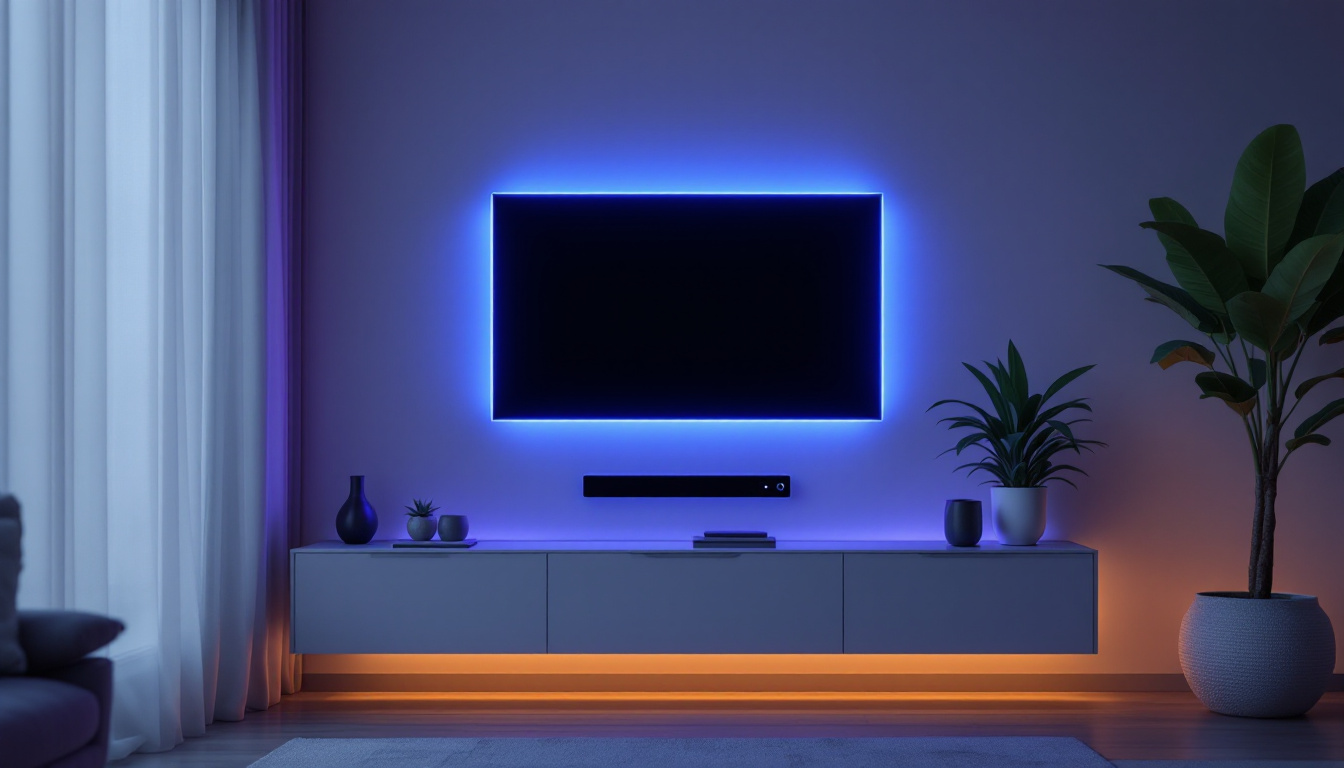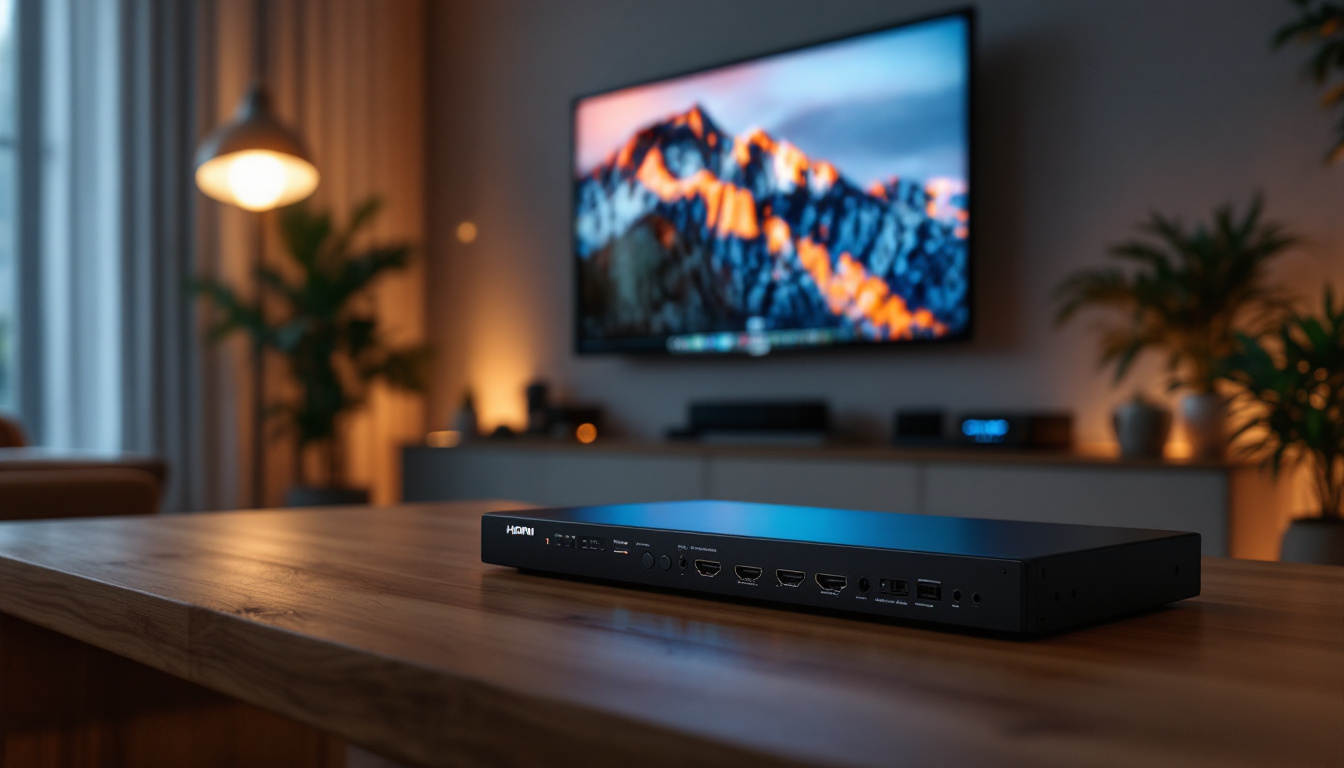In today’s fast-paced world, outdoor electronic displays have become an integral part of urban landscapes, advertising, and public information systems. One critical component that ensures these displays operate reliably in diverse weather conditions is the weather proof switch. This article delves into the technology behind weather proof switches used in LED displays, their importance, and how they contribute to the durability and performance of outdoor signage.
Understanding Weather Proof Switches
Weather proof switches are specialized electrical switches designed to withstand exposure to elements such as rain, dust, humidity, and extreme temperatures. Unlike standard switches, these are built with protective features that prevent moisture ingress and corrosion, ensuring consistent operation in outdoor environments. Their robust construction allows them to function effectively in various climates, from the sweltering heat of summer to the frigid conditions of winter, making them essential for outdoor applications.
In the context of LED displays, these switches often serve as control points for power, mode selection, or maintenance operations. Their reliability directly impacts the functionality and lifespan of the entire display system. For instance, a malfunctioning switch can lead to unexpected downtime, affecting visibility and performance, particularly in high-stakes environments like sports arenas or outdoor advertising. This makes the selection of the right weather proof switch critical for ensuring uninterrupted service and optimal performance.
Key Features of Weather Proof Switches
Weather proof switches typically incorporate several design elements to achieve their protective capabilities:
- Sealing Mechanisms: Rubber gaskets, silicone seals, or O-rings prevent water and dust from entering the switch housing.
- Corrosion-Resistant Materials: Stainless steel, brass, or specially coated metals resist rust and degradation over time.
- Ingress Protection Ratings: These switches often carry IP ratings such as IP65, IP67, or higher, indicating their resistance to water jets, immersion, and dust.
- Durability: Designed to withstand mechanical wear and environmental stress, ensuring long-term operational integrity.
In addition to these features, many weather proof switches are designed with user ergonomics in mind. This includes tactile feedback, which allows users to feel the switch activation, even in low-visibility conditions. Some models may also include illuminated indicators to provide visual confirmation of the switch’s status, which is particularly useful in dark or dimly lit environments. Furthermore, advancements in technology have led to the development of smart weather proof switches that can integrate with IoT systems, allowing for remote monitoring and control, enhancing both convenience and functionality.
Moreover, the installation of weather proof switches is often accompanied by specific guidelines to ensure optimal performance. Proper mounting techniques, such as using angled brackets or ensuring a slight downward tilt, can help facilitate water drainage and prevent pooling around the switch. Additionally, regular maintenance checks are recommended to inspect seals and connections, ensuring that the protective features remain intact over time. This proactive approach not only extends the life of the switches but also ensures that they continue to perform reliably in challenging outdoor conditions.
The Role of Weather Proof Switches in LED Displays
LED displays, especially those installed outdoors, face harsh environmental conditions that can affect their electrical components. Weather proof switches play a crucial role in maintaining the operational stability of these displays.
Power Control and Safety
One primary function of weather proof switches in LED displays is to safely control the power supply. Outdoor displays often require maintenance or emergency shutdowns, and a reliable switch ensures these actions can be performed without risk of electrical faults caused by moisture or dust.
For example, in regions with heavy rainfall or snow, moisture intrusion into electrical contacts can cause short circuits or corrosion, leading to display failure. Weather proof switches mitigate these risks by providing a sealed interface for power control.
Moreover, the design of these switches often includes features such as tactile feedback and visual indicators, allowing technicians to confirm their actions even in low visibility conditions. This is particularly beneficial during nighttime operations or in areas with high ambient light, where traditional switches may be difficult to operate effectively. By ensuring that the power control mechanism is both user-friendly and resilient, weather proof switches contribute significantly to the overall reliability of outdoor LED displays.
Mode Selection and Configuration
Many LED displays incorporate multiple operational modes, such as brightness adjustment, animation sequences, or sensor-triggered responses. Weather proof switches enable technicians to toggle between these modes without exposing internal circuitry to environmental hazards.
This functionality is particularly important for displays used in traffic management or public safety, where quick and reliable mode changes can enhance communication effectiveness.
In addition to basic mode selection, advanced weather proof switches may also support programmable settings, allowing for customized configurations tailored to specific environments or events. For instance, during a major public event, a display may need to switch to a high-brightness mode to ensure visibility against a backdrop of bright lights and large crowds. The ability to pre-set these configurations and activate them quickly through a weather proof switch not only streamlines operations but also enhances the overall user experience by ensuring that the display adapts seamlessly to varying conditions.
Technical Specifications and Standards
When selecting weather proof switches for LED displays, understanding technical specifications and compliance with industry standards is essential to ensure optimal performance. These specifications not only guarantee the functionality of the switches but also enhance the longevity and reliability of the entire display system, particularly in challenging outdoor environments.
Ingress Protection (IP) Ratings
The IP rating system is a standardized measure of how well an enclosure protects against solids and liquids. It consists of two digits: the first indicating protection against solids (like dust) and the second against liquids. This system is crucial for ensuring that the switches can withstand various environmental conditions, from heavy rain to dust storms, which can significantly impact the performance of LED displays.
- IP65: Dust-tight and protected against water jets from any direction.
- IP66: Dust-tight and protected against powerful water jets.
- IP67: Dust-tight and protected against temporary immersion in water up to 1 meter depth.
- IP68: Dust-tight and protected against continuous immersion beyond 1 meter.
For outdoor LED displays, switches with at least IP65 rating are recommended, with higher ratings preferred in more extreme environments. This ensures that the switches will not only function properly but also prevent moisture and dust from compromising the internal components, which is particularly important in locations with high humidity or frequent rainfall.
Material and Mechanical Ratings
Materials used in weather proof switches must resist corrosion and mechanical wear. Stainless steel and high-grade plastics are common choices. These materials are selected not only for their durability but also for their ability to withstand temperature fluctuations and UV exposure, which can degrade lesser materials over time. Additionally, switches are rated for mechanical endurance, often exceeding 10,000 cycles, ensuring long-term reliability. This endurance rating is critical, as it reflects the switch’s ability to perform consistently over its lifespan, even in high-traffic areas where frequent use is expected.
Electrical Ratings
Switches must handle the voltage and current requirements of the LED display system. Typical ratings for outdoor LED systems range from 12V to 48V DC, with current capacities depending on the display size and power consumption. It’s essential to choose switches that not only meet these electrical requirements but also provide a margin for safety to prevent overheating or failure during peak usage times. Furthermore, understanding the power factor and load characteristics of the display can help in selecting the right switch, ensuring that it operates efficiently and effectively under varying conditions.
In addition to these specifications, it’s also important to consider the environmental certifications of the switches. Many manufacturers adhere to international standards such as RoHS (Restriction of Hazardous Substances) and CE marking, which indicate that the products meet safety, health, and environmental protection standards. This compliance not only ensures the safety of the end-users but also reflects a commitment to sustainability in manufacturing practices. By selecting switches that are both technically sound and environmentally responsible, businesses can enhance their brand reputation while contributing positively to the ecosystem.
Applications of Weather Proof Switches in Outdoor LED Displays
Weather proof switches find applications across various sectors where LED displays are used outdoors. Their design and functionality are tailored to meet the specific needs of each application.
Advertising and Digital Signage
Outdoor advertising displays rely heavily on weather proof switches to maintain uninterrupted service. These switches allow operators to perform routine maintenance and update content without exposing the system to environmental damage.
In urban centers, where digital billboards operate 24/7, the robustness of weather proof switches directly influences operational costs and downtime.
Traffic and Transportation Systems
LED displays used in traffic signals, variable message signs, and public transit information systems require switches that can endure extreme weather and frequent use. Weather proof switches ensure these critical communication tools remain functional, enhancing road safety and commuter convenience.
Public Safety and Emergency Information
During emergencies, outdoor LED displays provide vital information to the public. Weather proof switches enable quick activation or mode changes in these systems, ensuring timely dissemination of alerts regardless of weather conditions.
Maintenance and Best Practices
Proper maintenance of weather proof switches extends their service life and ensures the reliability of LED displays.
Regular Inspection and Cleaning
Routine checks for physical damage, seal integrity, and corrosion are essential. Cleaning with appropriate, non-abrasive materials helps maintain the switch’s sealing and appearance.
Environmental Considerations
While weather proof switches are designed for harsh conditions, extreme environments such as coastal areas with salt spray or industrial zones with chemical exposure may require specialized materials or coatings.
Professional Installation
Correct installation is critical to maintaining the weather proof characteristics of switches. This includes proper sealing, secure mounting, and ensuring compatibility with the LED display’s electrical specifications.
Future Trends in Weather Proof Switch Technology
Advancements in materials science and electronic design continue to enhance the capabilities of weather proof switches for LED displays.
Smart and Wireless Switches
Emerging technologies are integrating smart features into weather proof switches, allowing remote control and monitoring. Wireless switches reduce the need for physical access, minimizing exposure risks during maintenance.
Improved Materials and Coatings
Nanotechnology and advanced polymers are being developed to provide even greater resistance to environmental stressors, extending the lifespan and reliability of switches in the most demanding outdoor settings.
Energy Efficiency and Integration
Future switches may incorporate energy-saving features and seamless integration with LED display control systems, optimizing power consumption and operational responsiveness.
Conclusion
Weather proof switches are a vital component in the design and operation of outdoor LED displays. Their ability to withstand environmental challenges ensures that displays remain functional, safe, and effective in delivering messages to the public. Understanding their features, applications, and maintenance requirements helps stakeholders make informed decisions, enhancing the longevity and performance of outdoor electronic signage.
As technology evolves, the integration of smarter, more durable switches will further improve the reliability and versatility of LED displays in diverse outdoor environments.
Explore Cutting-Edge LED Displays with LumenMatrix
Ready to elevate your outdoor visual communication? LumenMatrix is at the forefront of LED display innovation, offering a wide array of solutions that withstand the elements and captivate your audience. From dynamic outdoor LED walls to versatile vehicle displays and beyond, our technology is designed to deliver your message with unparalleled clarity and impact. Don’t let weather conditions dictate the success of your digital signage. Check out LumenMatrix LED Display Solutions today and experience the future of visual engagement.



